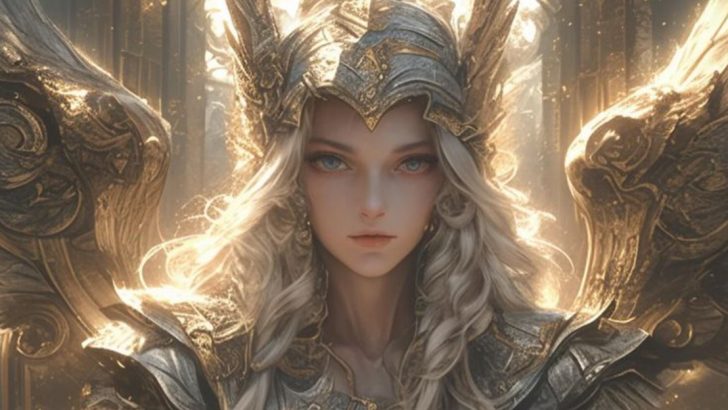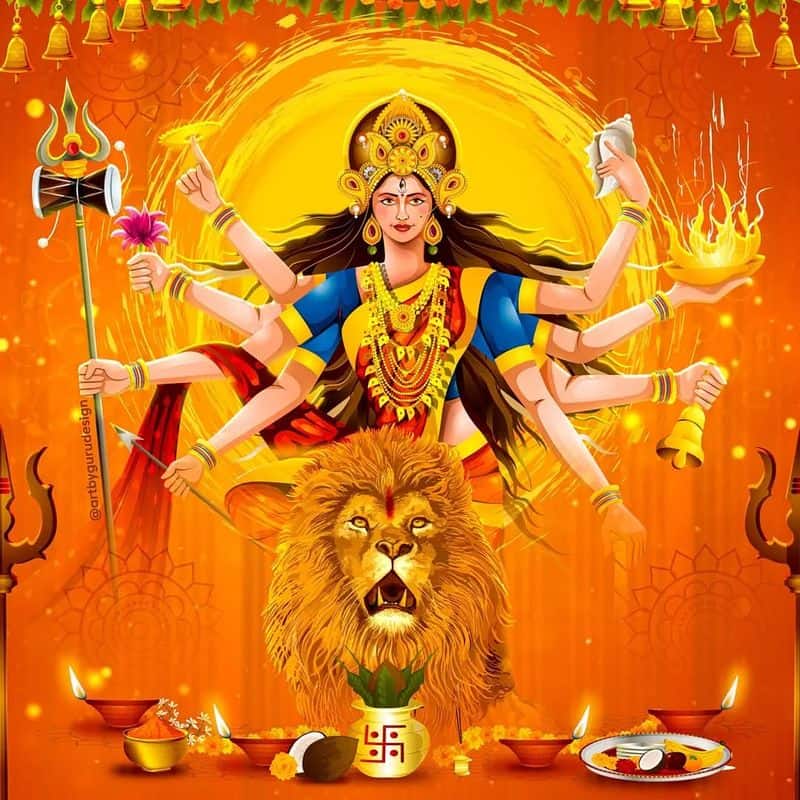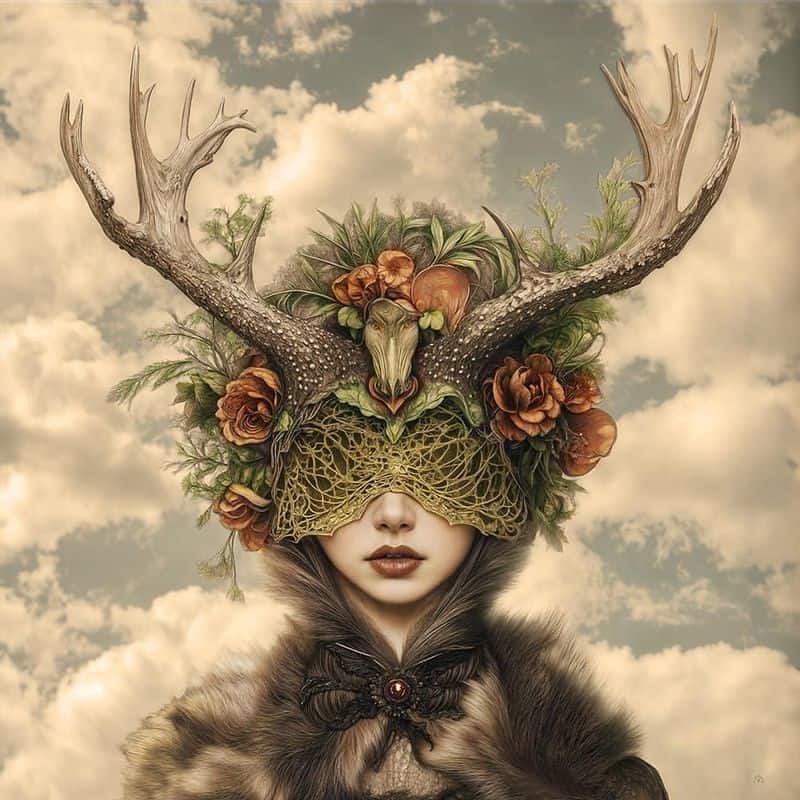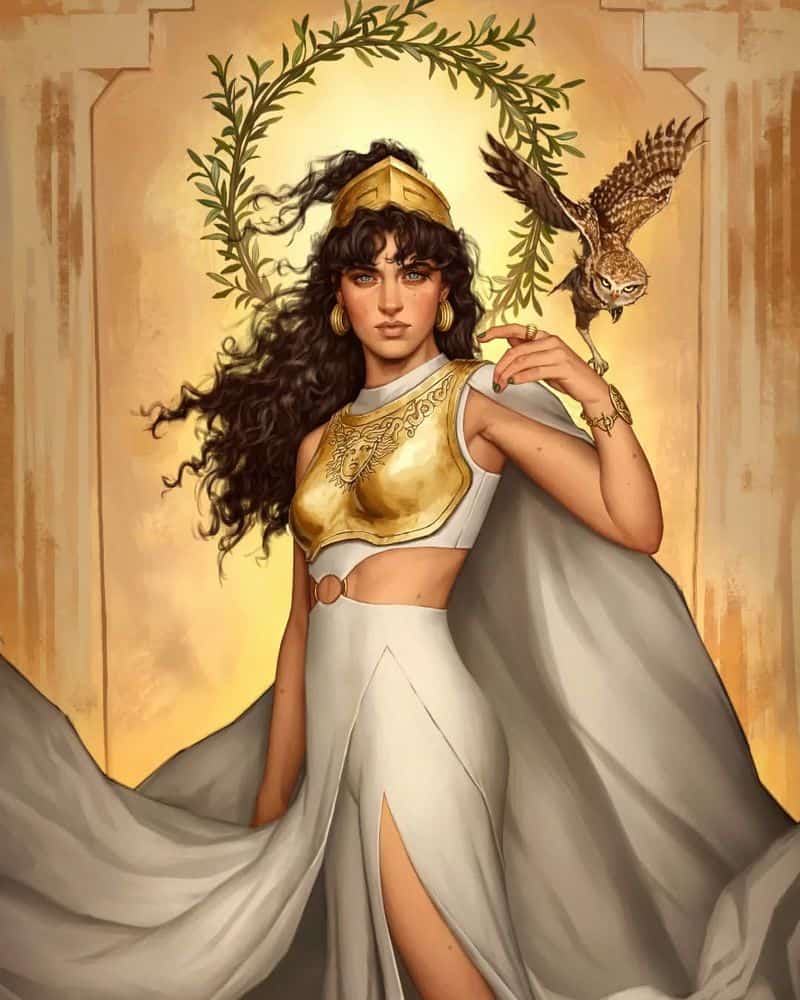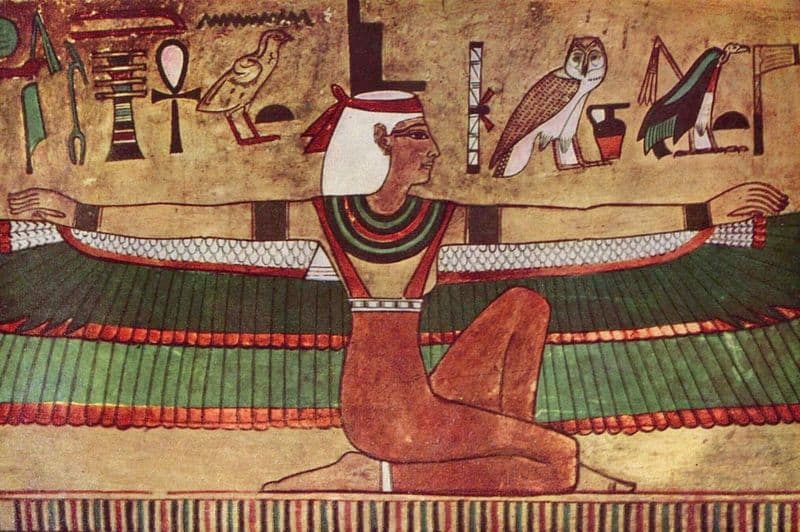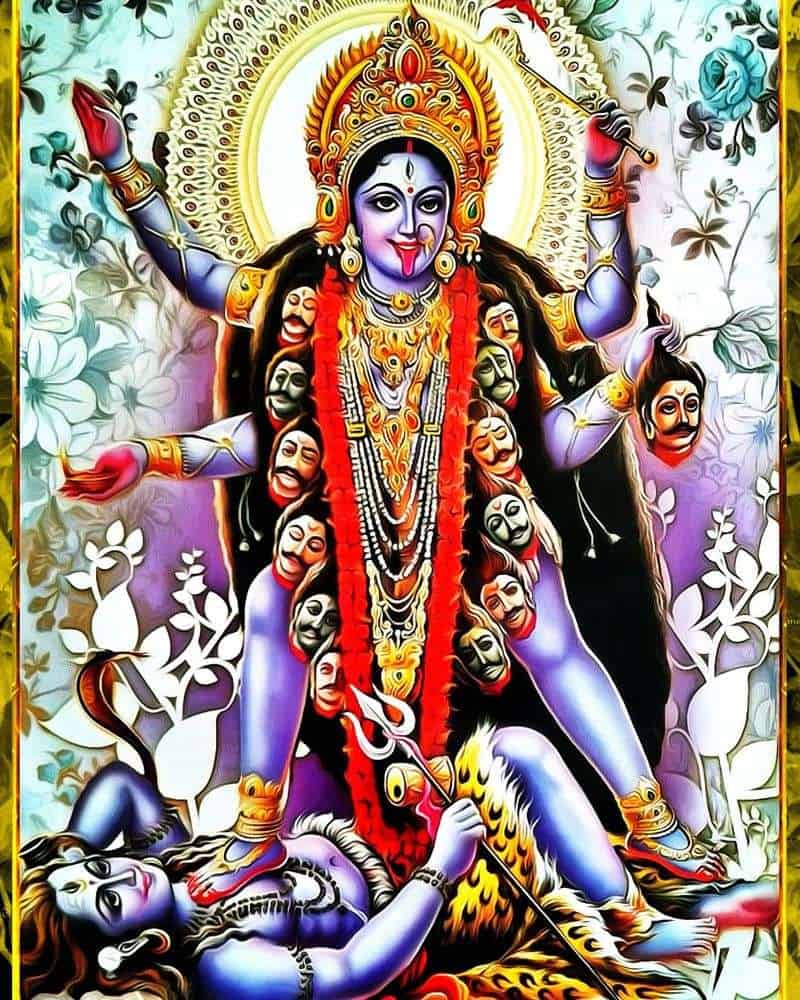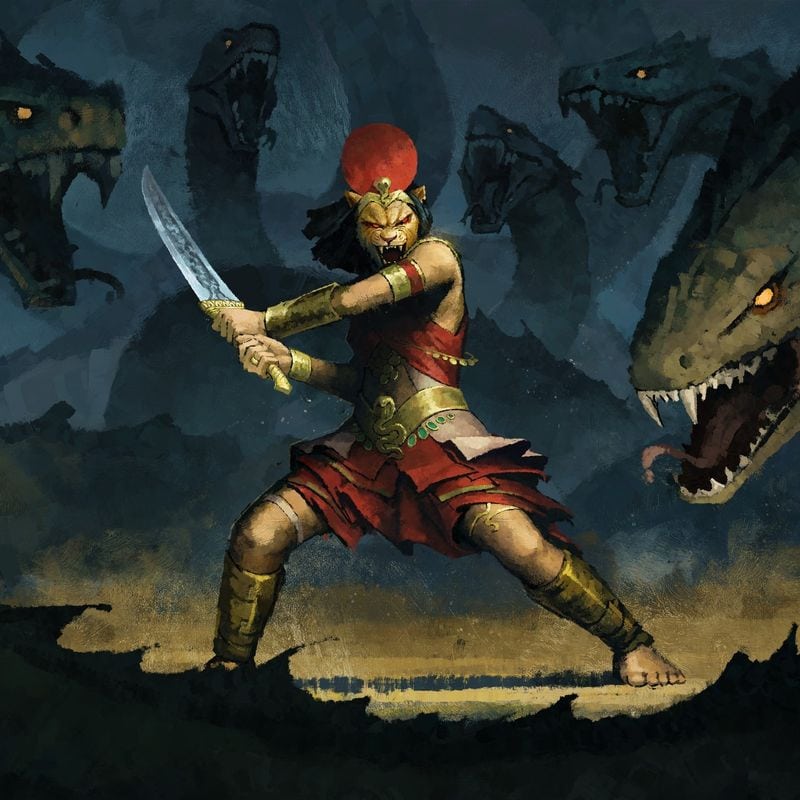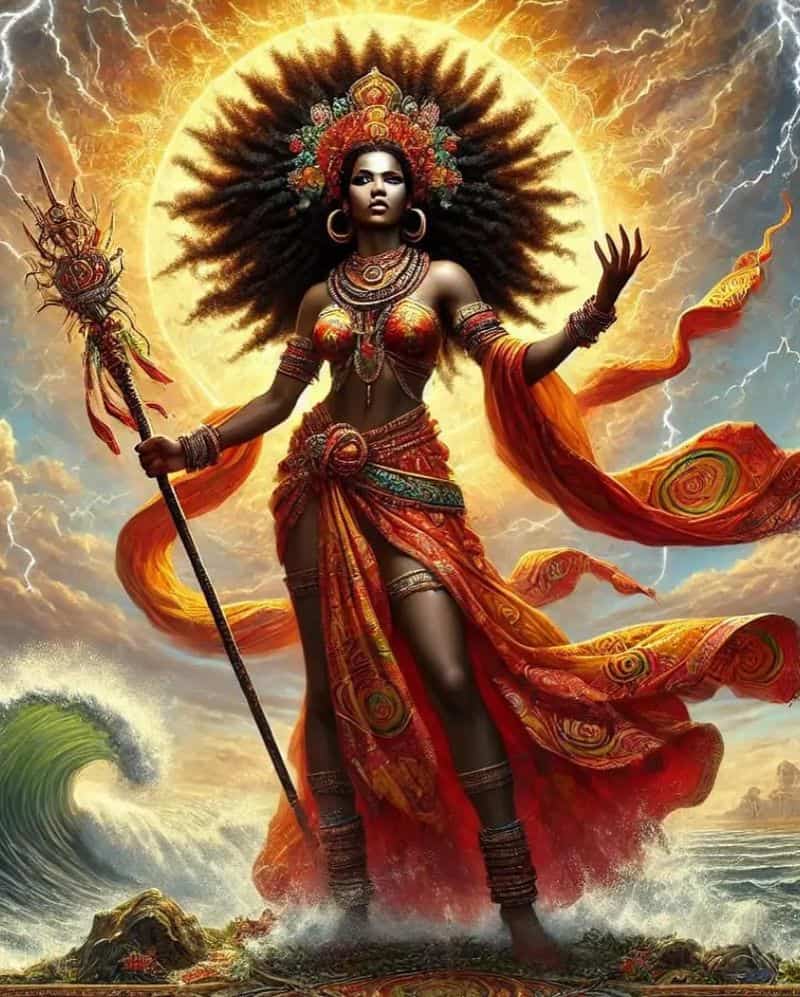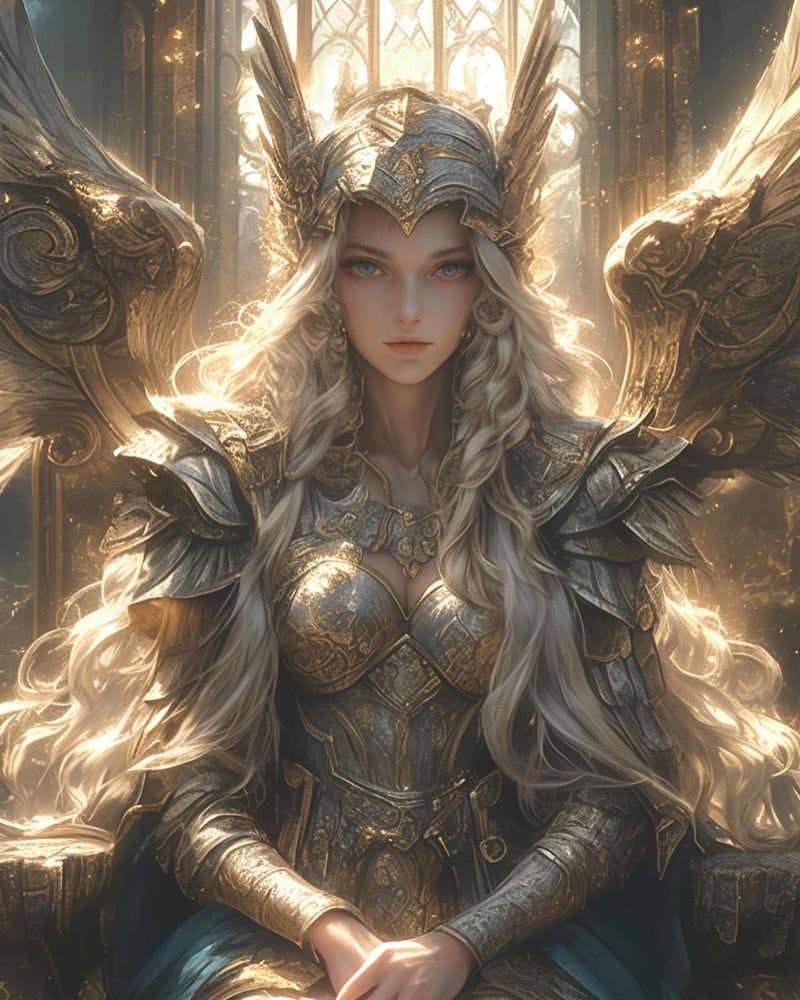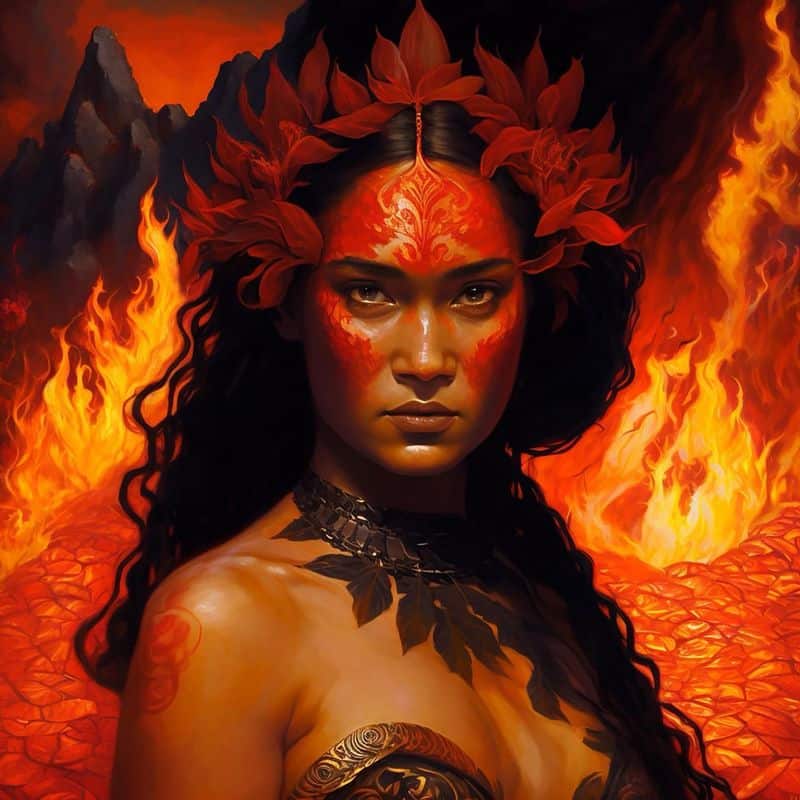Throughout history, powerful goddesses have shaped cultures and religions worldwide. These divine female figures commanded respect through their wisdom, strength, and magical abilities.
From warrior queens to creators of the cosmos, these goddesses weren’t just footnotes in mythology—they were central characters whose influence continues to inspire and fascinate us today.
1. Durga: The Invincible Warrior
Riding a lion into battle, Durga embodies female power like no other goddess in Hindu tradition. Created from the combined energy of all the gods, she wields ten arms filled with divine weapons specifically to defeat the seemingly unstoppable demon Mahishasura.
Her name literally means “the inaccessible” or “the invincible,” perfectly capturing her undefeatable nature. During the nine-night festival of Navaratri, millions of devotees celebrate her victory over evil.
Unlike many goddesses associated primarily with nurturing roles, Durga represents the fierce protective aspect of divine feminine energy—a reminder that maternal instinct includes the power to defend what you love at all costs.
2. Freyja: Mistress of Magic and War
Golden tears fall when Freyja weeps, marking her as one of Norse mythology’s most complex deities. Half the warriors who die in battle belong to her, not Odin—a fact many forget when discussing Viking afterlife beliefs.
Master of seiðr magic, she could alter fate itself through her mystical practices. Her chariot, pulled by two giant cats, carried her across the nine realms while wearing her famous necklace Brísingamen.
Friday (Freyja’s day) honors her legacy, though most people have forgotten this connection. Beyond her battlefield prowess, she taught magic to the gods themselves and possessed the rare ability to transform into a falcon by donning a special feather cloak.
3. Athena: The Strategic Genius
Born fully armed from Zeus’s forehead after he swallowed her pregnant mother, Athena’s unusual birth foreshadowed her extraordinary nature. Athens, western civilization’s cradle, bears her name—the citizens chose her gift of the olive tree over Poseidon’s salt water spring.
Unlike bloodthirsty war gods, she represents strategic warfare, preferring wisdom over brute force. Her companion, a little owl, became a symbol of knowledge that persists in academic imagery today.
The Parthenon, one of history’s most magnificent structures, was built to honor her. Unique among goddesses, Athena moved freely in male domains while maintaining her feminine identity, never married or controlled by male deities.
4. Isis: The Magical Resurrector
Ancient Egyptians called her “Throne” because kings gained their power through her. When her brother-husband Osiris was murdered and dismembered, Isis gathered his scattered pieces from across Egypt and used her magic to resurrect him long enough to conceive their son Horus.
Her magical prowess was unmatched—she tricked the sun god Ra into revealing his secret name by creating a poisonous snake, then healing him only after gaining this knowledge. This clever goddess invented mummification and taught Egyptian women medicine, weaving, and brewing.
Her worship spread far beyond Egypt’s borders, reaching as far as Britain and Afghanistan. Roman emperors feared her cult’s influence because her followers included people from all social classes, creating communities that transcended social boundaries.
5. Kali: Destroyer of Evil
With her tongue extended and a necklace of severed heads, Kali’s terrifying appearance actually represents profound compassion. She destroys not for pleasure but to free her devotees from ego, attachment, and illusion—the true sources of suffering.
Famous for defeating the demon Raktabija, whose multiplying blood droplets created endless demon clones, Kali simply drank every drop before it hit the ground. Motherhood takes an unexpected form through her—she nurtures by eliminating what harms her children.
Time itself bends to her will, as her name connects to “kāla” meaning time or death. Many misunderstand her blackness, which represents the void beyond physical reality where all forms dissolve and true liberation becomes possible.
6. Amaterasu: The Cosmic Illuminator
Japan’s imperial family traces their ancestry directly to this radiant sun goddess. When her brother’s cruel pranks drove her to hide in a cave, the entire world plunged into darkness—proof that without her light, life itself cannot exist.
Only through an elaborate divine party featuring a goddess performing a risqué dance did curiosity finally lure Amaterasu from her refuge. The sacred mirror used to show her reflection remains one of Japan’s three imperial regalia treasures.
Every sunrise honors her daily journey across the sky. Unlike many pantheons where male gods dominate, Japanese mythology places this female deity at its center, acknowledging that the sun’s life-giving power transcends gender dynamics.
7. Sekhmet: The Lioness of Destruction
Created from Ra’s eye as his weapon of vengeance, Sekhmet nearly destroyed humanity when her bloodlust couldn’t be contained. Only a clever trick—dyeing beer red to resemble blood—stopped her rampage when she became drunk and fell asleep.
Her breath formed the desert, while her priests became ancient Egypt’s first physicians. The seemingly contradictory roles of destroyer and healer made perfect sense to Egyptians, who understood that sometimes destruction precedes healing.
Her name means “The Powerful One,” and pharaohs invoked her protection before battle. During annual festivals, her statue was covered with red ochre and priests performed rituals to pacify her destructive potential while harnessing her protective powers.
8. Oya: Mistress of Storms and Transformation
Market vendors in West Africa still pour water on their wares when lightning flashes—an offering to Oya, whose temper brings violent storms. Guardian of cemetery gates, she stands at the threshold between life and death, helping souls transition between worlds.
Her name means “She Who Tears” in Yoruba, perfectly capturing her ability to rip away what no longer serves us. Nine is her sacred number, representing completion and transition to the next level.
Buffalo horns often crown her head, symbolizing her feminine power and connection to the earth. Unlike goddesses who maintain cosmic order, Oya brings necessary chaos and upheaval—the winds of change that, though frightening, ultimately clear paths for new growth.
9. Frigg: The All-Knowing Mother
Sitting on her throne Hlidskjalf beside her husband Odin, Frigg sees all fates but speaks of none. Her silence frustrates those seeking cosmic insights, yet demonstrates remarkable restraint—knowledge without intervention.
As keeper of domestic arts, she spins clouds on her spinning wheel while overseeing childbirth and marriage. Her desperate attempt to protect her son Baldr by extracting promises from everything in creation not to harm him shows a mother’s determination to defy even fate itself.
Friday originally honored her before linguistic shifts confused her with Freyja. The mistletoe that killed Baldr became her sacred plant—a reminder that even the smallest oversight can have devastating consequences when playing with destiny.
10. Pele: The Volcanic Creator
Hawaii itself exists because of Pele’s fiery temper. Each eruption represents her passionate nature—destructive yet creative as she continuously builds new land from molten earth.
Local residents still leave offerings of gin, flowers, and food at crater edges to appease her unpredictable moods. Tourists who take lava rocks as souvenirs reportedly mail them back after experiencing mysterious misfortunes—the famous “Pele’s Curse.”
Her jealousy transforms rivals into stone or trees when they attract her lovers. Unlike distant cosmic deities, Pele remains an active presence for Hawaiians today. Her long red hair symbolizes flowing lava, while her footsteps create steam vents and hot springs across the islands.

